Indigenous World
La Rioja Alta
Gran Reserva 904 Rioja Tempranillo Graciano 2009
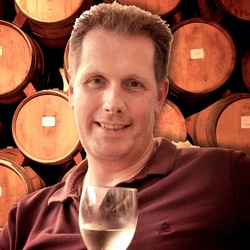
E. Guigal
Côtes du Rhône Red Rhône Blend 2012
Domaine de la Côte
Bloom's Field Sta. Rita Hills Pinot Noir 2011
Terroir Old vs. New World comparator at 2/28/17 Rouge Tomate Salon Series on A Natural History of Wine — 9 years ago
Dunn Vineyards
Howell Mountain Cabernet Sauvignon 1993
What used to happily pass for a "big" wine in Napa. The wine is remarkably fresh and flavorful for a 23 year old new world Cabernet. While time has tamed the tannins somewhat they are still very much evident in every sip. — 9 years ago
Joseph Phelps Vineyards
Insignia Estate Grown Napa Valley Cabernet Sauvignon Blend
A beautiful massive new world wine. The nose explodes rich with chocolate and a hint of mint. Opens even better. Will stand up with the best of them. Cheers! — 10 years ago
La Rioja Alta
Viña Alberdi Reserva Rioja Tempranillo 2008
This the third time I've had this in the last year and it shows beautifully right out of the gate. The wood and fruit are so interestingly and well melded at this point. Oak moves to cedar on the palate. Definite alcohol lift in the nose still and you can feel it the nostrils but not obtrusive...indeed it's actually a promising hint of what's to come on the palate. Dried cherry and stone fruit tastes on right away. Slightly mentholated. Definitely picking up distinct vanilla undertones on the nose and palate but not over the top. Satisfying medium tannins. Soft mouth feel but with really good/balanced structure. Perfect finish in line with what preceded it. Just a great fucking wine. And for the price? Getcha some! Can't believe this is still just around and available (not telling where!). Not for those who don't want wood in their wine but even here what you think will finish moderately chalky moves to soft-ish tannins at the perfect time. So many riojas are over top in the wood category or just so out of balance one way or the other. Everyone has heard of Rioja but have you really had a good one? Here's your chance without breaking the bank. I'd put this one up against the best or at least those considered the best. Maybe lacking a LITTLE finesse to be world class but damn close (can you use the word finesse with Rioja??). Drank in gulps with parmesan dusted NY style mushroom meatball mozzarella pizza from Peppino's in Athens, GA while watching Parenthood with my 17 YO daughter (who also pronounced the wine delicious). What a Tuesday night...thank you sir may I have another. Anyone really disappointed with this wine has WAY more money than me and is a spoiled brat. Geek out. — 10 years ago
RPM Wines
El Dorado Gamay Noir 2013
Respect! New world with old world feel. — 11 years ago
Robert Sinskey Vineyards
POV Napa Valley Red Bordeaux Blend 2010
Robert Sinskey's P.O.V Bordeaux red blend is back at Winetasters Of Larchmont and it's drinking better than ever. An old world style blend with new world fruit characteristics...awesome value!!
On sale for$31.99 — 11 years ago
Hirsch Vineyards
San Andreas Fault Pinot Noir 2009
Showed great tonight. A bit more savory than last time I tasted it and aromatics were more old world...still had classic Hirsch strawberry but more going on since last visit... — 11 years ago
Valdicava
Brunello di Montalcino Sangiovese 2012
Cloves, elegant old world — 8 years ago
Château Latour
Premier Grand Cru Classé Pauillac Red Bordeaux Blend 1940
What a beautiful person inside and out! I'm blessed beyond measure to be able to call him "Dad". Words can't adequately express how much I Love him. We opened a few bottles last night that I will hold near and dear to my heart forever. We are celebrating his completion of 6 rounds of chemo therapy in his battle against Prostate cancer. This is his 3rd time in the ring against this opponent and it appears that he's won with a unanimous decision by knockout at this time!!!!!! Love you dad!!!!! So proud of your strength through this process. My Father was born in 1940. A difficult year to say the least:
Germans entered Bordeaux in June of 1940. As dictated by Hitler himself, it was the sworn duty of each and every commander to search and seize whatever could be used for the advancement of the German cause. Bedlam broke out. Chateaux' were ransacked, wine cellars were looted if not used for target practice. The Chateauxs were forced to continue producing wines. It's poetic justice that Mother Nature provided the Germans with the worst growing season from 1940 to 1944!!!! The Germans left Bordeaux in 1944 to the cheers of the residents "Au Revoir Les Allemands"!!!! The 1940 bottle that we enjoyed this evening survived World War II. It Survived the ransacking, pillaging & plunder of countless German soldiers. It's outer capsule showed evident signs of its struggle but it's inner beauty was unblemished and glorious. I've had many, many vintages of Latour from 1928 and on but none have ever tasted as perfect as the one we enjoyed tonight. This 1940 was perfect. It was a fighter, it never gave up, it never relinquished in the face of adversity. That's my Father, that my role model. He's a beautiful person inside & out. I think 1940 is the best vintage that I have ever had the privilege to enjoy. Special thanks to my good friends Michael Troise whom provided me with much of the insights in regards to the incredibly difficult vintage and David Page whom gifted this bottle to me for our celebration this evening. I will never forget your generosity. It was a glorious evening to say the least!!! Wine has a way of bringing people together and encapsulating an evening and event. I couldn't think of a better way to rejoice in his victory than to open a Father & Son birth year wine. — 9 years ago
Domaine du Pegau
Cuvée Réservé Châteauneuf-du-Pape Red Rhone Blend
3L bottle drinking perfectly right now, and though '08 was not an easy year , this chateauneuf du pape cuvée réservée is clearly a winner. jams with old world silks. Thankful for my new coravin to taste this with my son, again and again. Drinking perfectly now. No need to wait — 9 years ago
Tenuta San Guido
Bolgheri Sassicaia Cabernet Sauvignon Cabernet Franc 2002
Did a 20 year vertical. It was a moment of zen. Did it with friends, even better... And had a really cool som walk us through every year. World class. Thanks CD — 9 years ago
Whistlepig
Old World Vermont Straight Rye Whiskey
Excellent rye — 10 years ago
Matthiasson
Linda Vista Vineyard Chardonnay 2013
Such an amazing producer. Tasted blind, the generous chalkiness led me to white burgundy. Man was I wrong. Clean and direct fruit, neutral oak. New world done in an old world style. — 10 years ago
Wine World Estates
Colby Red California Red Blend
Much needed — 11 years ago
Bodegas Faustino
Gran Reserva Faustino I Rioja Tempranillo Blend 2001
Just won best Rioja in the world! — 12 years ago
Bodegas y Viñedos Vega Sicilia
Unico Ribera del Duero Tempranillo Blend 2002
Dogfish Head Brewery
World Wide Imperial Stout 2015
2015 vintage. It was interesting tasting this along side the 2011. This is much more savory, rich and complex than the 2011 is at this stage. A killer stout. — 9 years ago

R. López de Heredia
Viña Tondonia Reserva Rioja Tempranillo Blend
Lojo delicious, medium body, old world — 9 years ago
Masseto
Toscana Merlot 1998
A truly great central coast Tuscany Merlot. With Polished layers of complexity this wine shows you what Masseto Wines are all about, fabulous aromas, earth, tobacco, leather and long legs. If you like old world Merlot this is about as good as it gets. Cheers 🍷 — 9 years ago

Sella & Mosca
Riserva Cannonau di Sardegna 2011
Very old world in taste. Opens up after about 30-45 minutes in the glass. Earthy and only slightly tannic on the end — 10 years ago
Ridge Vineyards
Monte Bello Vineyard Cabernet Sauvignon Blend 1994
Enderle & Moll
Liaison Pinot Noir 2013
Meanwhile, on the other side of the Vosges... It's a weird experience for me; it's like a hybrid of California and the old world. Seems high pH/soft and the oak is sweet, even if they are second fill barrels. Maybe the sandstone is a big part of it? Interesting and tasty wine for sure — 10 years ago
Mount Eden Vineyards
Santa Cruz Mountains Cabernet Sauvignon 2010
new-world style, soft tannins, silky texture for a Cab. Tight out of the bottle, improved greatly with one hour in a decanter. — 11 years ago
Krug
Grande Cuvée Brut Champagne Blend
One of top 5 champagne's in the world and it tastes good — 11 years ago
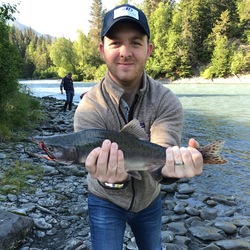








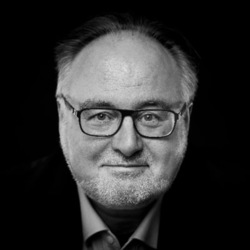






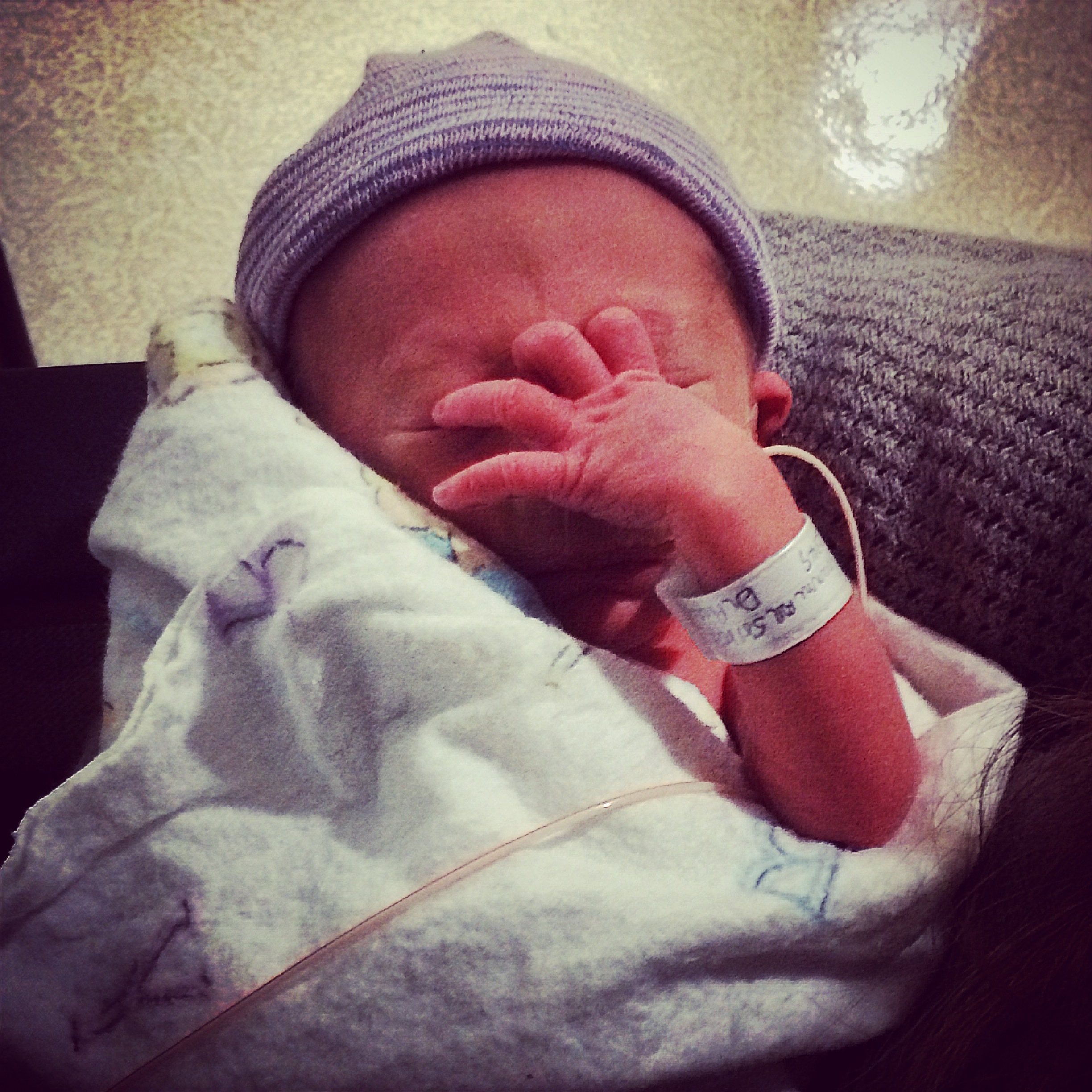
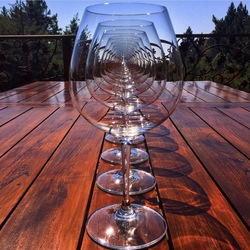






Chris England
The latest newly released 904 vintage 🎉
What do you folks think of the new more modern label? Personally I find it too modern for an old world wine 😁 but the great news is the contents are still superb 🎉
We killed 3 bottles of this at the weekend & alas I didn’t take notes, so will do so next time, but it had the typical old world LRA 904 nose with a fab well balanced yummy body that should match the 04/05 in quality given a few years 👍
LRA does it again 👏
Incredible quality @£38 ✅
93 going 94-96 — 8 years ago